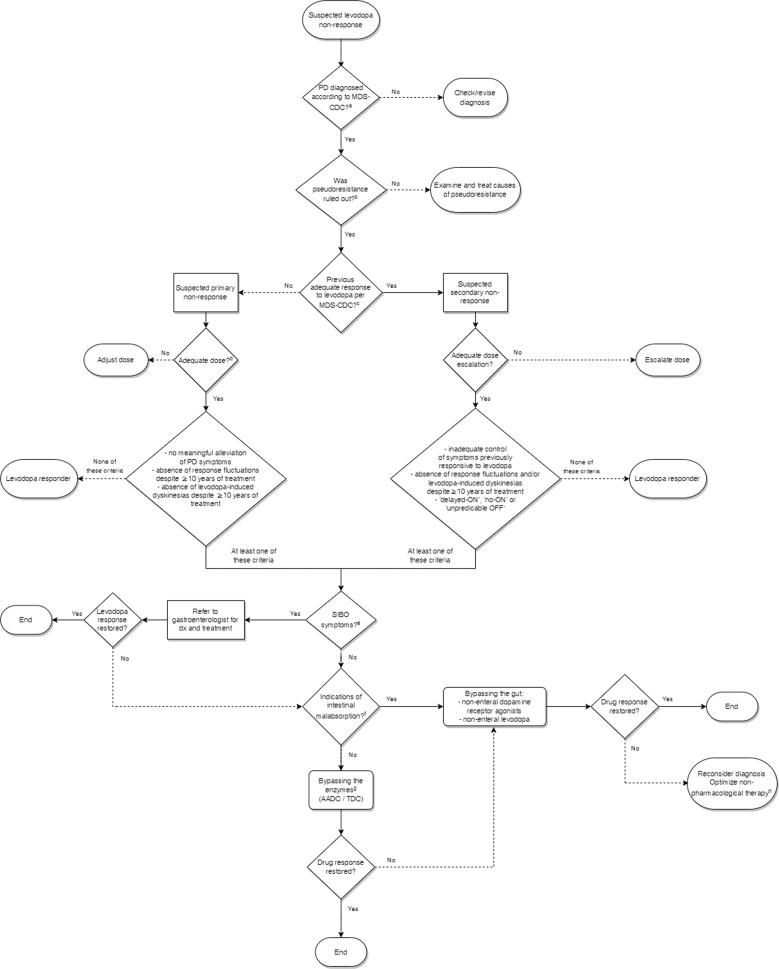Fig. 4. Flowchart detailing a possible diagnostic and treatment approach to suspected levodopa non-response.
a/c See Postuma et al8. b Rule out insufficient dosing, trial a dosage increase, consider add-on therapy for symptomatic relief of dose-limiting side effects (e.g., domperidone for peripheral dopaminergic effects such as nausea, amantadine for dyskinesias) - Is the resistant symptom known to be less-responsive to dopaminergic medication (axial symptoms, tremor)? - Rule out & treat underlying gastroparesis and constipation - Check for, and phase out, dopamine receptor blocking or dopamine depleting co-medication. d At least 600 mg levodopa/day during at least 1 month8. e Bloating, constipation, excessive flatulence and/or diarrhea. f Such as residual inflammation of intestinal lining despite SIBO treatment, delayed gastric emptying. g Using oral dopamine receptor agonists. h If no effect, consider wrong diagnosis (primary non-response) or severe nigrostriatal degeneration in the context of disease progression (secondary non-response). Non-pharmacological therapy includes paramedic care and deep brain stimulation in case of symptoms that may respond better to DBS than to dopaminergic medication (tremor, dystonia, dyskinesia). PD Parkinson’s disease, MDS-CDC Movement Disorder Society Clinical Diagnostic Criteria for Parkinson’s Disease, SIBO small-intestinal bacterial overgrowth.

